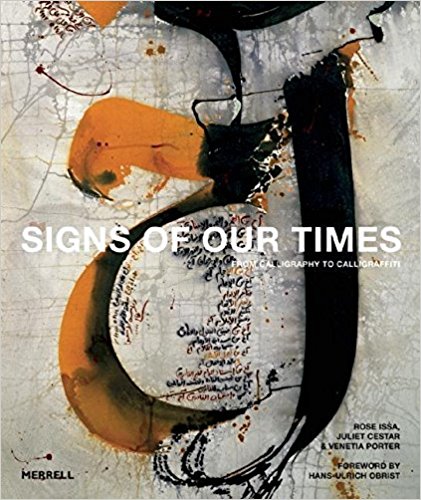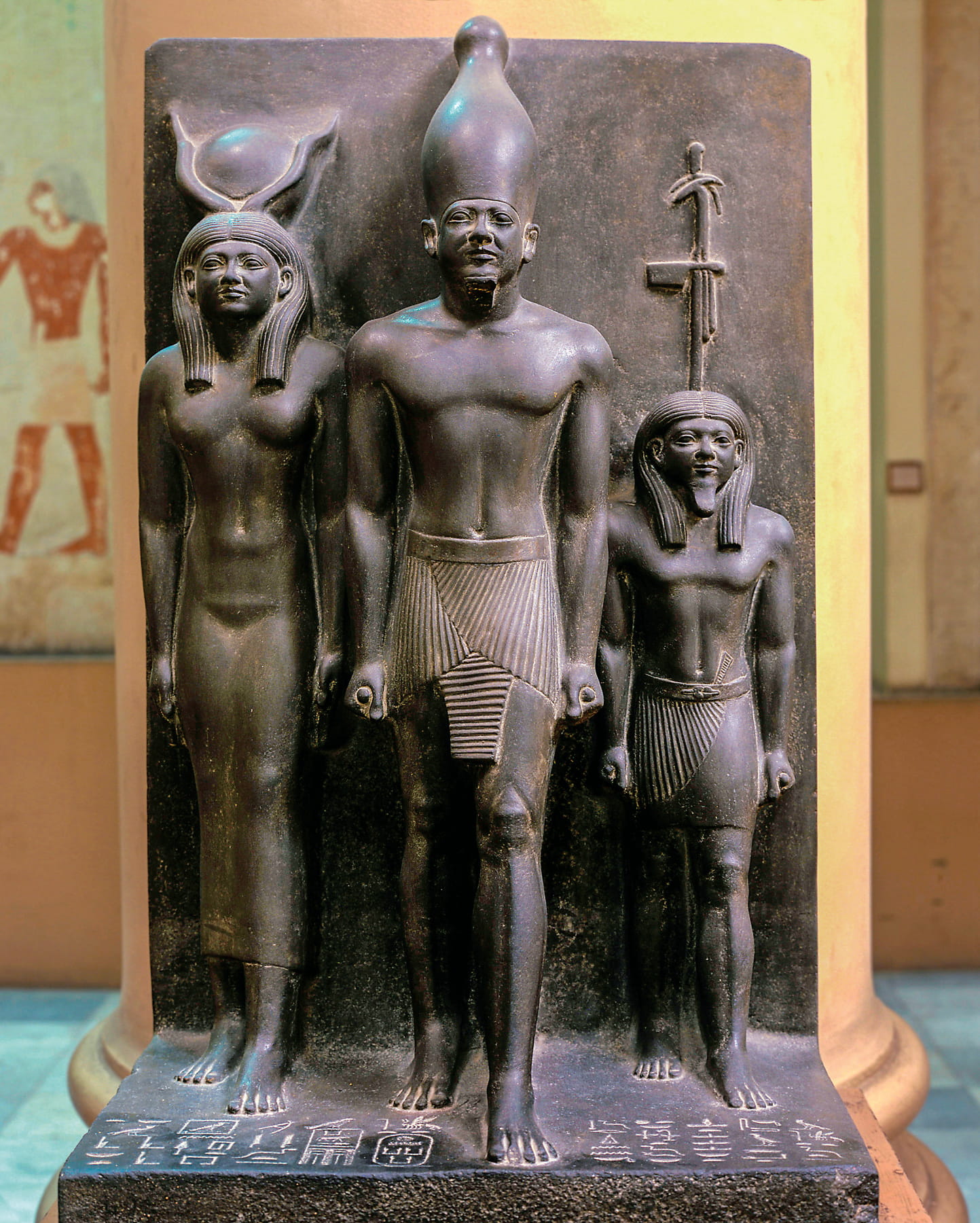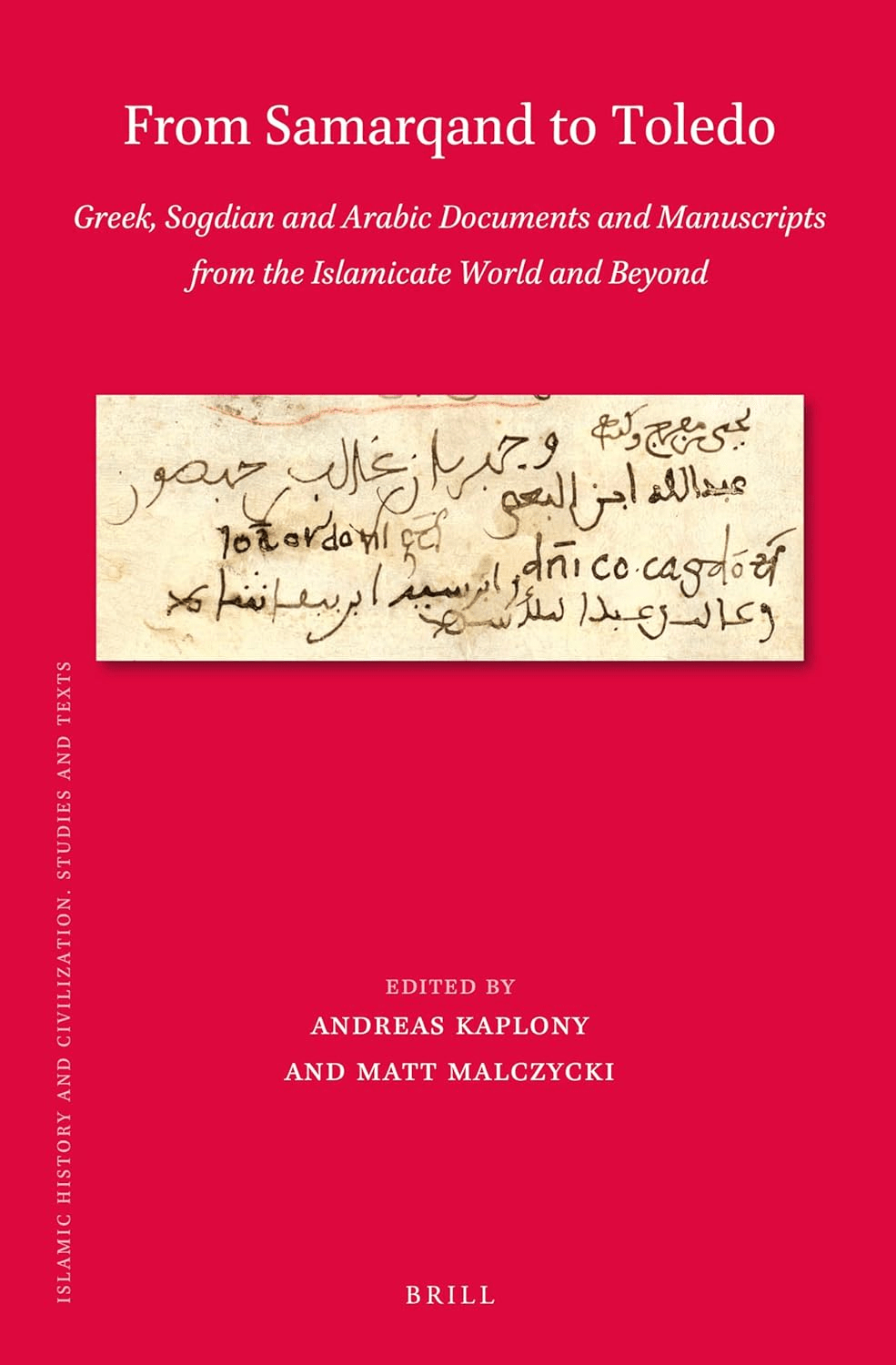
Signs of Our Times: From Calligraphy to Calligraffiti
Lee Lawrence
Rose Issa, Juliet Cestar and Venetia Porter
2016, Merrell, 978-1-8589-4652-8, $70 hb.
In the late 1990s, Princess Wijdan Ali of Jordan introduced the notion of "calligraphic school" of modern art characterized by artists' use of Arabic writing (see AramcoWorld M/A 97). Even though none of the authors mentions Wijdan's work on this subject, their book is nonetheless a continuation, showcasing the range of work in this genre to date. Venetia Porter of the British Museum introduces the historical arc of Arabic writing, while Juliet Cestar provides in a coda a chronology that relates select milestones in art to historical developments. In between, independent curator, writer and publisher Rose Issa discusses the organizing principle for the book "Innovation" (1950s–'70s), "Exploration" (1980s–'90s) and "Circumnavigation" (2000–'15). The 43 artists she selected occupy most of the book. She represents each with three to six works, a short biography and quotes from the artist. Her selection drives home the astounding variety of artists' relationships to Arabic writing and will serve as a useful reference.
You may also be interested in...

The Legacy of Egyptologist George Reisner—Our Book Review
When George Reisner died in 1942, he did so surrounded by ghosts—not just the pharaohs he’d unearthed but the stacks of unpublished notes that entombed his legacy.
Old Documents Shed New Light on History in Book Connected to Ancient Islamic World
The painstaking work to recover history—one page at a time—is on brilliant display in this collection of essays focusing on early Arabic, Coptic, Greek, Hebrew, Latin and Sogdian manuscripts.